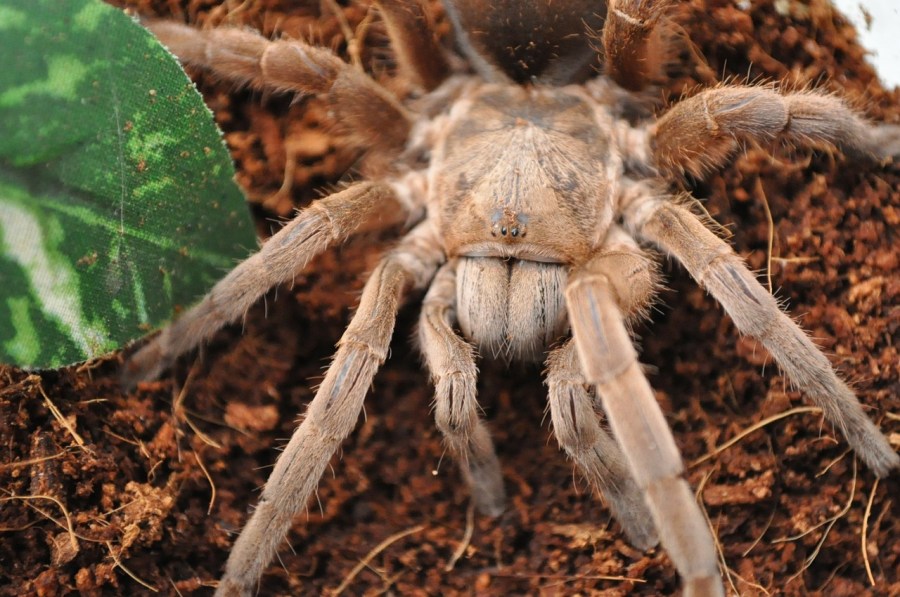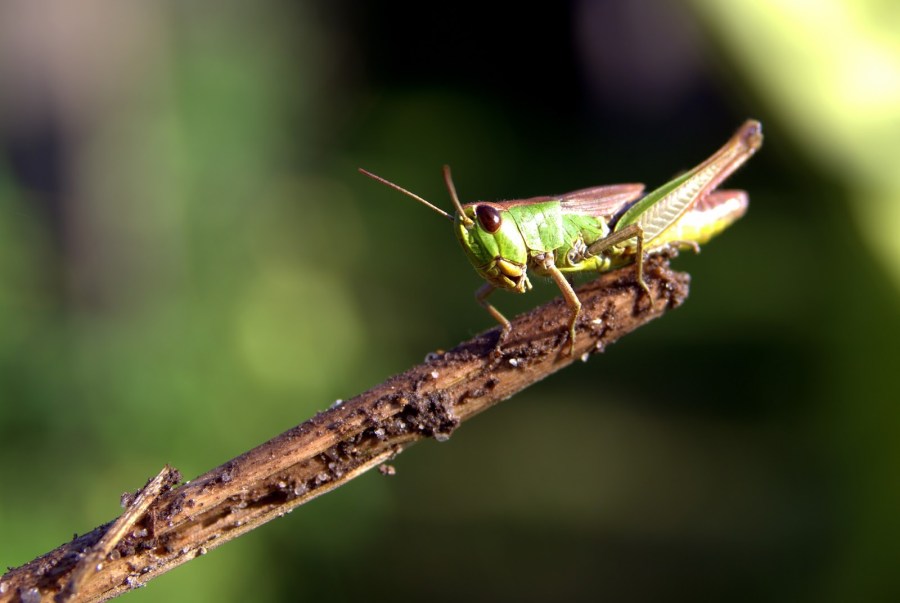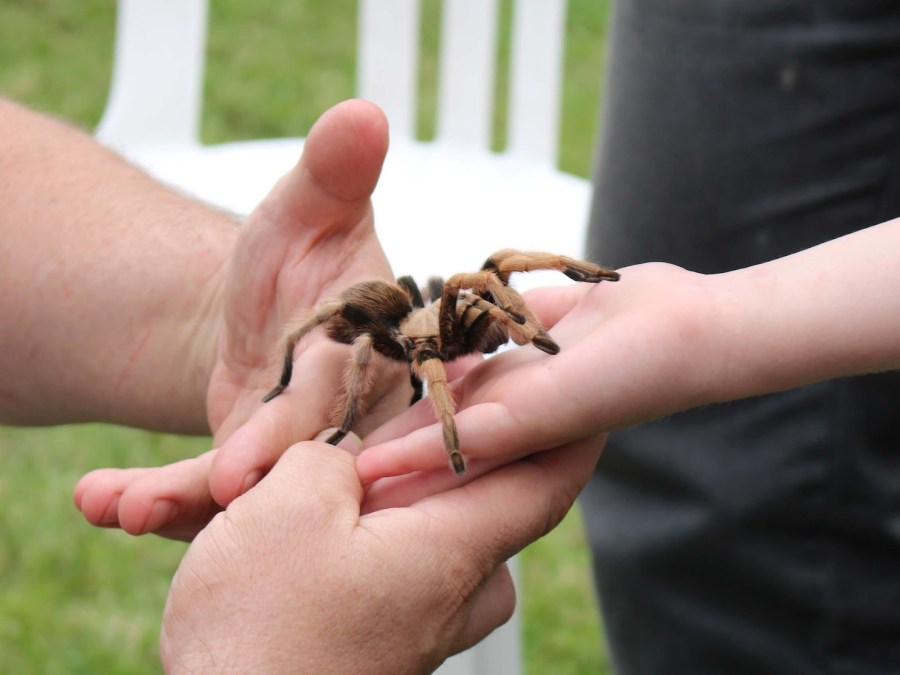California Long Term Care Facility Business Continuity Webinar
If you want a pet that will definitely be a conversation starter when you have friends or family over, you may want to consider a California tarantula. Not only are these unique pets, but they're also not as difficult to take of as you may think. With the right tips and tricks, you can take care of your new creepy crawly with confidence.
What Are California Tarantulas?

Pixabay – perfectdaysphotography
The California tarantula isn't one specific type; it's actually a group (genus) of tarantulas that are native to the United States, not just the state of California. Known as Aphonopelma, California tarantulas can also be found in Central America and Mexico.
In general, these spiders tend to be on the larger side. Their leg span can even be as wide as six inches. However, every species is different in size, although they tend to be similar in color.
One of their identifying characteristics is their special hairs, which are referred to as urticating. These were initially developed as a type of defense mechanism, like a nettle, to protect their delicate bodies from any predators trying to do them harm. They can even be "shot" at attackers, and their barbed ends mean that they can lodge in the skin or even eyes which allows them to get away. That said, they are not harmful to humans, which makes them safe to keep as pets.
The tricky thing with identifying individual species within the Aphonopelma genus is that many look very similar and don't have any unique characteristics to help tell them apart. The best guess is that around 90 different species are under that genus, but it's hard to tell.
A few more popular California tarantula species that people keep as pets include:
- The desert blonde tarantula (Aphonopelma chalcodes)
- The Texas brown tarantula (Aphonopelma hentzi)
- The Costa Rican Zebra tarantula (Aphonopelma seemanni)
Most of these species live for years in captivity, although female spiders tend to live much longer than males (30+ years compared to seven years, on average). Most don't reach full adult size until they are anywhere from two to nine years old.

Pixabay – PublicDomainPictures
California tarantulas aren't super particular about their living environment, but there are a few things to consider to ensure they're as healthy as possible.
Sizewise, there isn't a right or a wrong as long as there is plenty of room for your spider to perform their normal behaviors and exercise. That means a good rule of thumb is an enclosure that is at least three times as long as your new pet's leg span and two times as wide. When it comes to height, consider whether your spider is a ground dweller or a tree dweller. Ground dwelling spiders need an enclosure as tall as the spider is long, and tree-dwellers do best with areas that are ten inches high or so.
Every tarantula habitat should also have at least one good place for them to hide, like a half long. Some spiders may even want to build webs (mostly the tree-dwellers) and need twigs or branches to do it. The enclosure base should have a soft, tarantula-friendly substrate like coconut fiber bedding or dampened sphagnum moss. Avoid gravel or artificial turf, as it may hurt your spider.
There are environmental factors to take into account too. Spiders do best with a temperature of between 70 to 82 degrees Fahrenheit and between 50 – 90% humidity. That may mean that you have to mist the enclosure daily to maintain it, and you can buy a hygrometer to keep track of it.
You'll also want to make sure to keep your tarantula away from direct sunlight, and preferably in a darker area of the home. Incandescent lights have also been known to dry out tarantulas so, if you want to watch your new pet after dark, invest in an infrared light or a nocturnal light.
What To Feed Your California Tarantula

Pixabay – user84493
For many people, feeding their tarantula is the part that fills them with the most confusion and dread. But it isn't nearly as hard as you think and doesn't require that you feed them anything live other than bugs.
Mostly, California tarantulas like to eat insects. It's best if these insects are "gut loaded," meaning that they have recently been fed. Things like mealworms, crickets, roaches, and superworms are all good choices, as long as they are smaller than your spider. However, if you are comfortable with it, dead pinkie mice can also be given if they are at room temperature. Tarantulas are classified as being carnivores.
Juvenile spiders need to be fed once a day, but adults should eat every other day. Night feedings are the best, as they are nocturnal by nature and not used to eating during the day. Any uneaten food should be removed from their enclosure.
These tarantulas also need a constant source of fresh, chlorine-free water available at all times. However, they may not drink out of it, choosing to get their water from the mist or water on any live plants in the enclosure (like moss).
California Tarantula Health

Pixabay – missie26870
Tarantulas don't have many veterinary needs, but there are some essential things for any spider owner to know about the health of their pet.
First, and possibly most importantly, everyone who owns a tarantula needs to know about their molting habits. Molting, which is when these spiders shed their own exoskeleton (their outdoor covering), happens about once a year in adult tarantulas and up to four times a year in juveniles. The reason for this difference is that the main reason tarantulas molt is to grow in size. However, if you don't know to expect it, molting can look very concerning.
For instance, when spiders molt, the process starts when they stop eating about two weeks prior. If you notice this happen, make sure there are no live insects in the enclosure for your pet's safety. Once the molting itself happens, your spider will lay on its back with all of its feet in the air. This lasts anywhere from just a few minutes to several hours. Make sure not to disturb them during this time.
While molting is normal, there are signs that you should keep an eye out for that would indicate that your spider may not be doing well.
- Moving slower than normal
- Loss of appetite (not related to the molting process)
- A dull exoskeleton
- Bleeding from any injuries
- Getting stuck in the molting process
There may not be many veterinarians that focus specifically on tarantulas, but if you notice anything unusual, you should contact one to at least get some advice about what (if anything) you may be able to do.
A healthy spider is one that eats on a regular basis, is active and alert, and has a healthy-looking exoskeleton.
Is It Ok To Handle A California Tarantula?

Pixabay – missie26870
If you want a pet that you can take out and handle, California tarantulas are probably not the pet for you. It's not recommended that you handle them for a variety of different reasons. For one, if your tarantula gets frightened for any reason, it's likely that it will bite. While humans aren't susceptible to tarantula venom, the bites can still be painful (they've been compared to a bee sting). It's also possible that you could be allergic to their venom (or their urticating hairs), which can set off worse issues.
Handling your tarantula can also be dangerous for them, as well. If they get scared or bite, it's human nature to drop them. Unfortunately, even a short fall has the potential to be fatal for a smaller spider.
It's best to just observe your spider from afar for both your safety and theirs.
Keep Your Tarantula Away From Other Pets
While this goes without saying, in most cases, it is absolutely essential that you keep your pet tarantula away from other household pets (like cats and dogs). While it is obvious how dangerous larger pets can be toward the much smaller spider, tarantulas can definitely pose their own threat. A lot of that comes down to those urticating hairs, which can stick in the skin and eyes of your larger, furrier pets. That can lead to pain, itching, and even potential allergic reactions. Dogs and cats are also particularly susceptible to tarantula venom, so getting bit may have deadly consequences.
In Summary
If you're looking for a unique pet that you don't have to take for long walks, consider a California Tarantula. They don't take up much room and don't need much in terms of enrichment so, as long as you're comfortable feeding them the insects that they need to be fulfilled nutritionally, you and your California spider may be able to cohabitate for years to come. Our care guide is just the thing you need to get off on the right foot.
Sources:
Taxonomic revision of the tarantula genus Aphonopelma Pocock, 1901 (Araneae, Mygalomorphae, Theraphosidae) within the United States | Zookeys
Urticating Hair – an overview | ScienceDirect Topics
Spiders and Scorpions – Toxicology | Merck Veterinary Manual (merckvetmanual.com)
Source: https://www.reference.com/pets-animals/california-tarantula?utm_content=params%3Ao%3D740005%26ad%3DdirN%26qo%3DserpIndex&ueid=1e92639f-1966-4420-bb43-51ffdf07efa0
0 Response to "California Long Term Care Facility Business Continuity Webinar"
Post a Comment